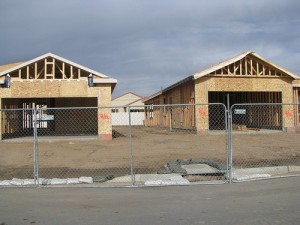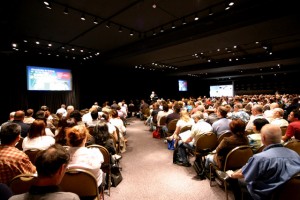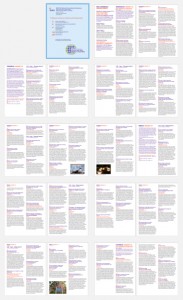Building the right conference

In 2005, a quarter of the homes built in the United States were spec homes—homes that builders start, and sometimes finish, before selling them. Today (2010), in the aftermath of the bursting of the housing bubble, almost no one is building spec homes. From 25% market share to 1-2% in just four years.
A traditional conference is like a spec home. The program is designed and built for you based on what a program committee thought people like you would want.
I don’t think the traditional conference market is going to implode like the market for spec homes. On the other hand, I’ve found during my 33 years of experience running Conferences That Work that the best program committees predict only half the topics that participants at attendee-driven conferences actually request.
In contrast, participant-driven and participation-rich meetings reliably build the right conference for participants. How? By creating a meeting that satisfies their actual wants and needs.
If conference organizers continue to believe they can predict what their attendees want to share, learn, and do at their conferences they may, at some point, experience the bursting of a bubble of their own.
Housing data from http://www.census.gov/starts
Image attribution: http://www.flickr.com/photos/thetruthabout/ / CC BY-SA 2.0


